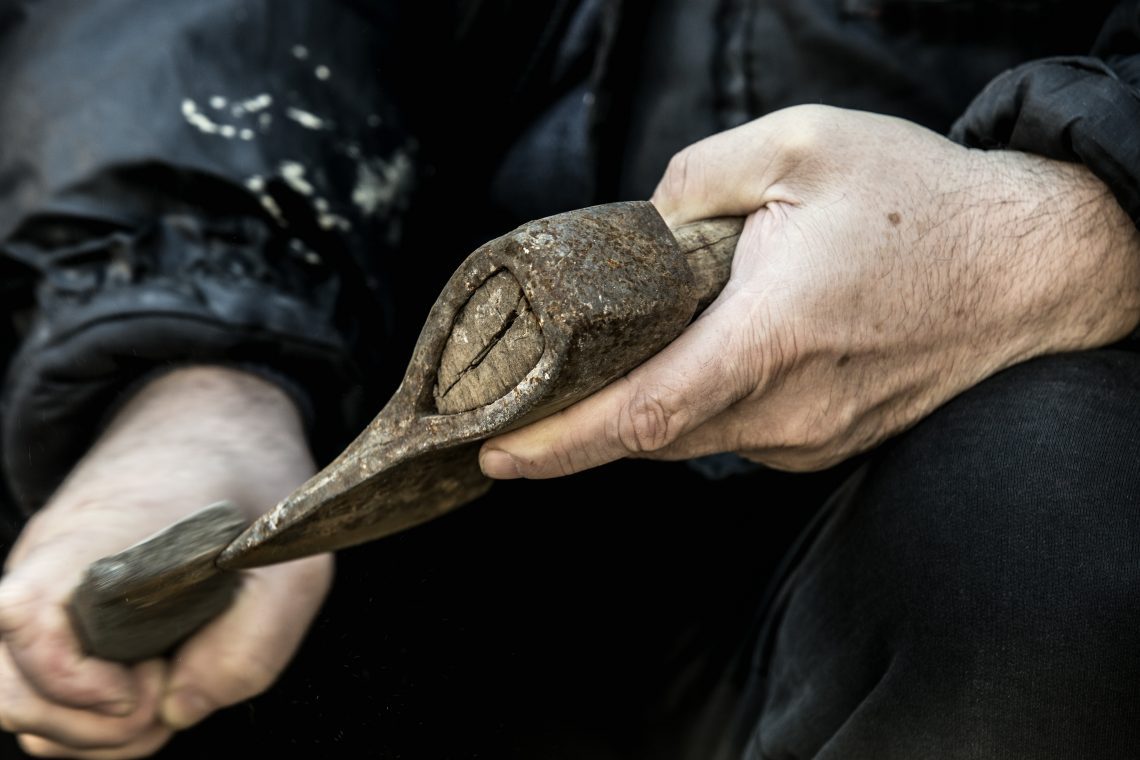
Reflecting and planning: how to adapt your swim training in January
January is a difficult month to adopt and stick with new habits, says Simon Griffiths. Instead, use January to sharpen your metaphorical axe.
This year, our editorial team decided to theme our January issue around ‘Rest and Reflection’, a contrast to the ‘New Year, New You’ approach other magazines often take.








